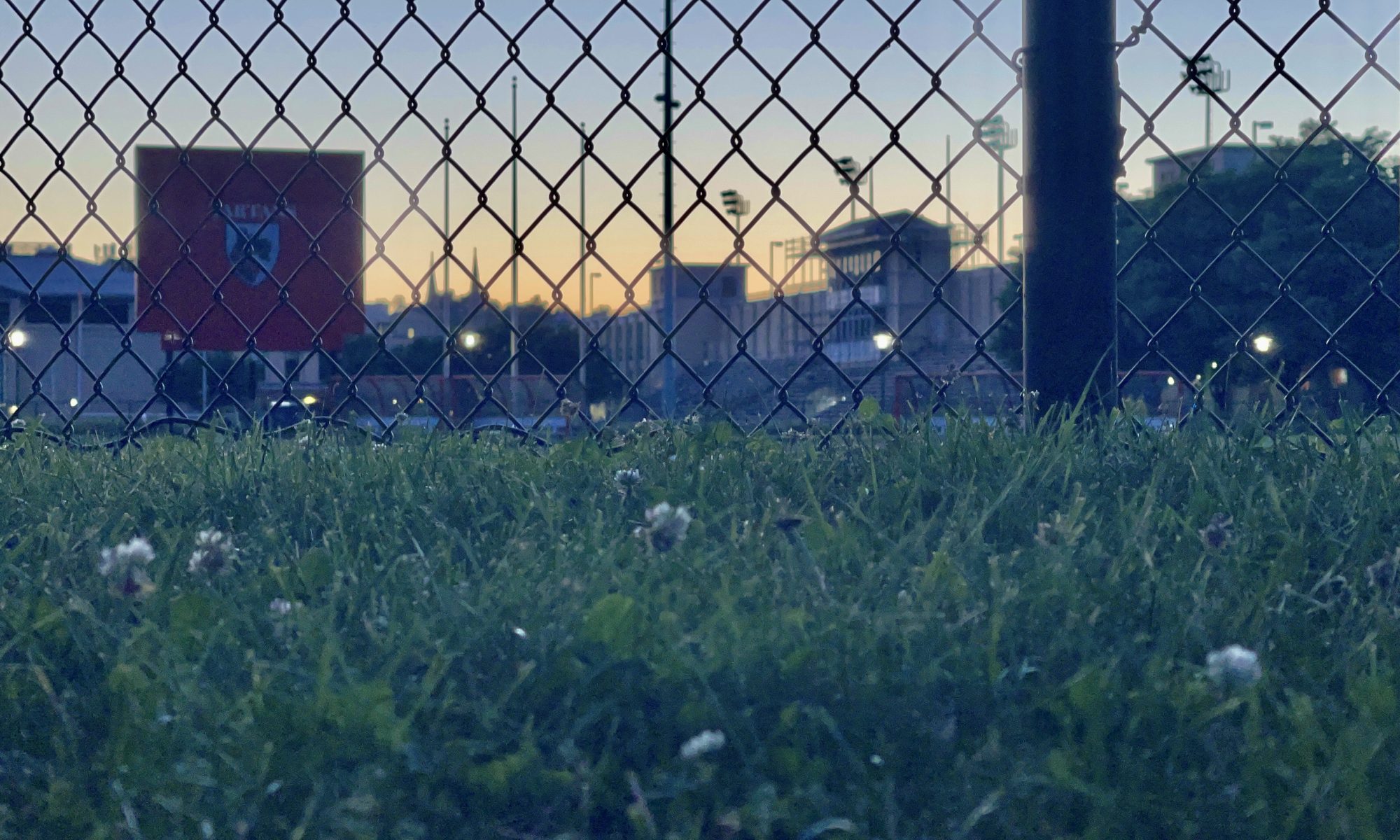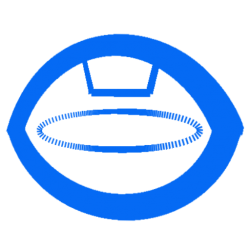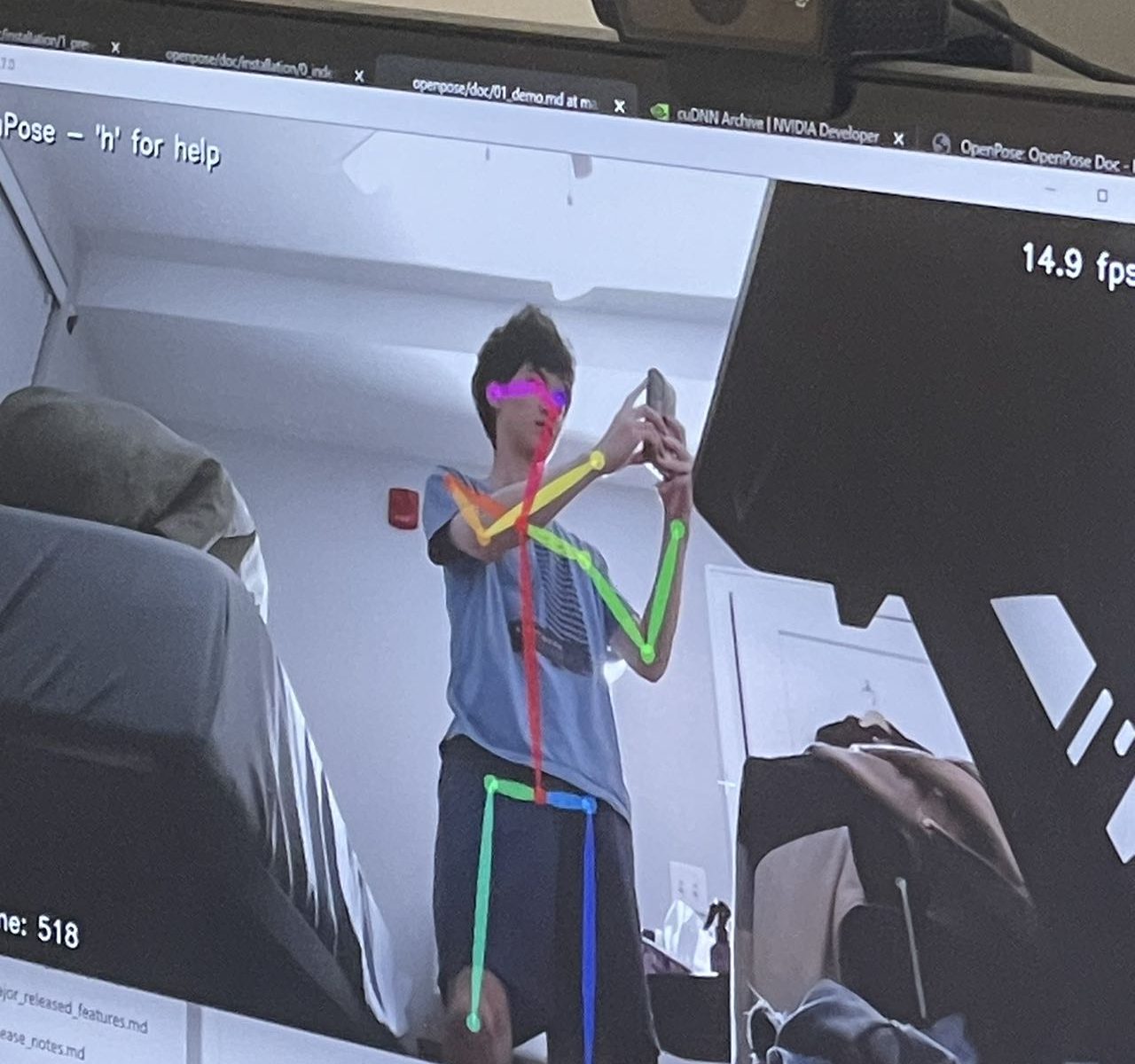This is the last official week of the capstone project course before we step into public demo and final report writing.
Over the past week, we first accomplished the final presentation to showcase the work, result and performance of our system. It is also a great experience to see how other teams has come along the way, and I am really interested in trying their products out in the following week. In the meantime, we were able to come up with more user testing, more detailed verification descriptions that we are planning to put into the final report. For example, about the question on how we are getting the percentages, we conduct tests on user data as well as our own testing data with numerous body images. For each image, there will be multiple key body angles that we keep track of, and that data adds up to calculating the confidence interval of our angle calculation system.
We will work on public demo, as well as a final report/video next week, and thank you, the staffs, for helping out through the semester.



